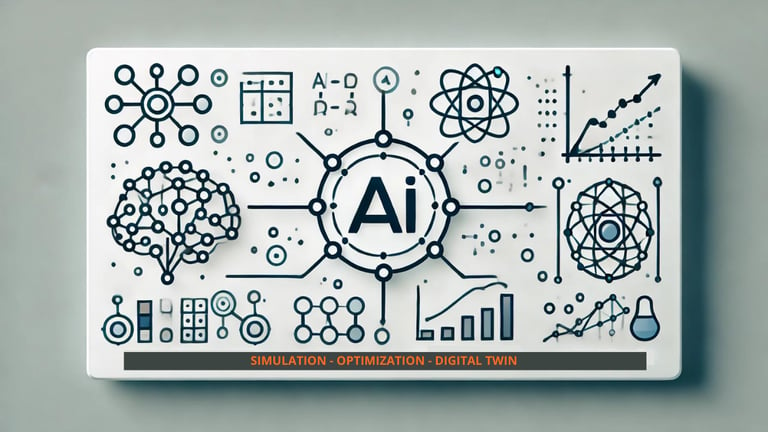When John Fruin published Pedestrian Planning and Design in 1971, he defined how architects thought about people in motion. His formulas linked density, speed, and flow, and his famous “human body ellipse” quantified how much space a person really occupies while walking.
Those equations still hold.
What’s changed is us.
The Same Building, a Different Crowd
In our recent webinar with André Jacques, SimWell CTO, and Yogin Doolab, Product Manager for Oasys MassMotion, we revisited a 2019 crowd model and rebuilt it for 2025 behaviors.
The physical structure didn’t move an inch.
But the people inside it now act entirely differently.
-
Phones slowed average walking speeds by 10–13% and increased random path deviation.
-
Security screening, now a $12 billion global industry, cuts throughput by 50–80% depending on method.
-
Rideshare arrivals created continuous, smaller surges rather than synchronized waves, with pedestrians another 5–10% slower in curb zones.
Those incremental delays reshape everything from queue lengths to concession timing. As André showed live in MassMotion, even when the same 1,600 guests occupy the same building, modern assumptions about entry, intermission, and exit produce dramatically different flow maps and wait time.
Why the Old Models Break
Fruin’s math captured predictable flow under ideal conditions.
Modern crowds are neither predictable nor ideal.
The social-force model inside MassMotion accounts for how people adjust speed, avoid others, and navigate dynamic environments. By updating only a few behavioral variables—phone distraction, checkpoint delay, and curb dwell time—André’s team revealed how friction builds up where no architect originally planned for it.
The takeaway: a model is only as good as what goes into it.
Ignoring new behaviors doesn’t make them disappear; it just hides them until the event begins.
What Forward-Thinking Venues Are Doing Now
Data-driven planners are treating simulation as a live planning tool, not a one-time validation exercise. The same models used for safety reviews now inform:
-
Security design, testing throughput across multiple screening layouts.
-
Concession placement, balancing slower flows with sales opportunities.
-
Curb choreography, modeling how drop-offs, scooters, and pedestrians interact.
As André noted, slower movement is a constraint—but also a chance to reimagine guest experience. Longer dwell times can be used to promote future events or optimize staffing and signage.
Looking Ahead
Behavioral change will keep accelerating. Screens will get smarter, AI ticketing will alter arrival curves, and crowd awareness technologies will continue to feed simulation models richer data.
For venues, behavior is now the variable that matters most.
The architecture may stand still. The people won’t.





